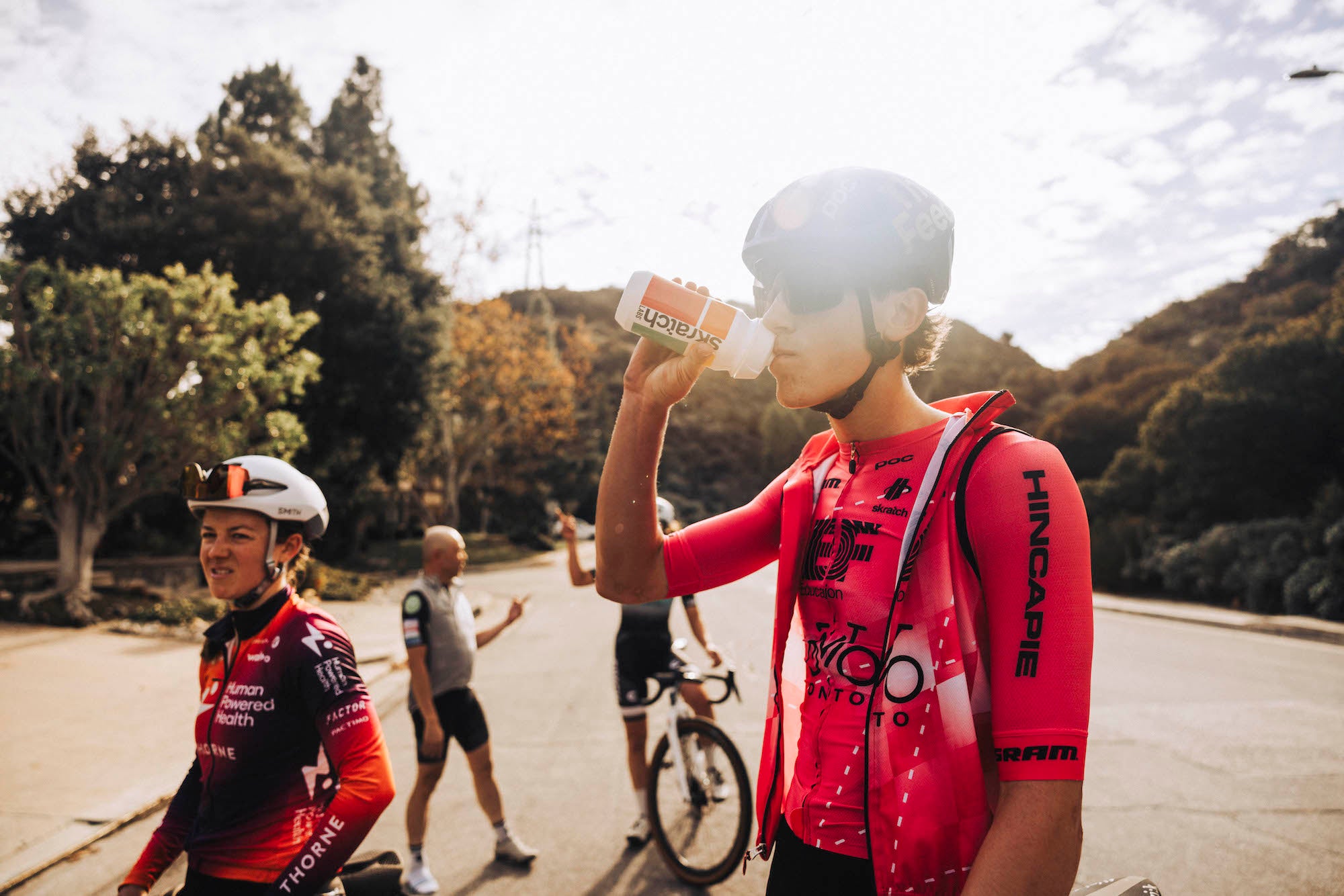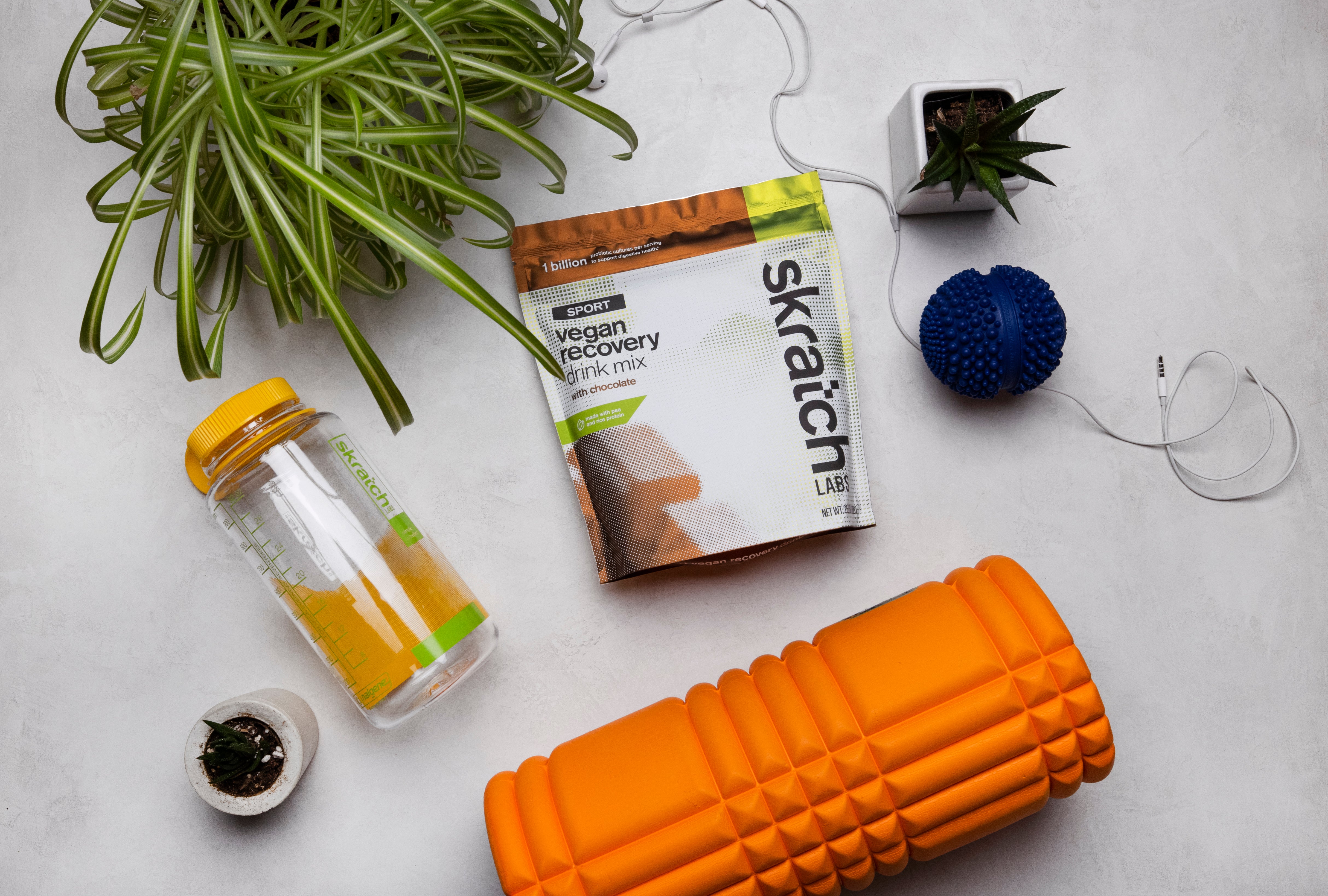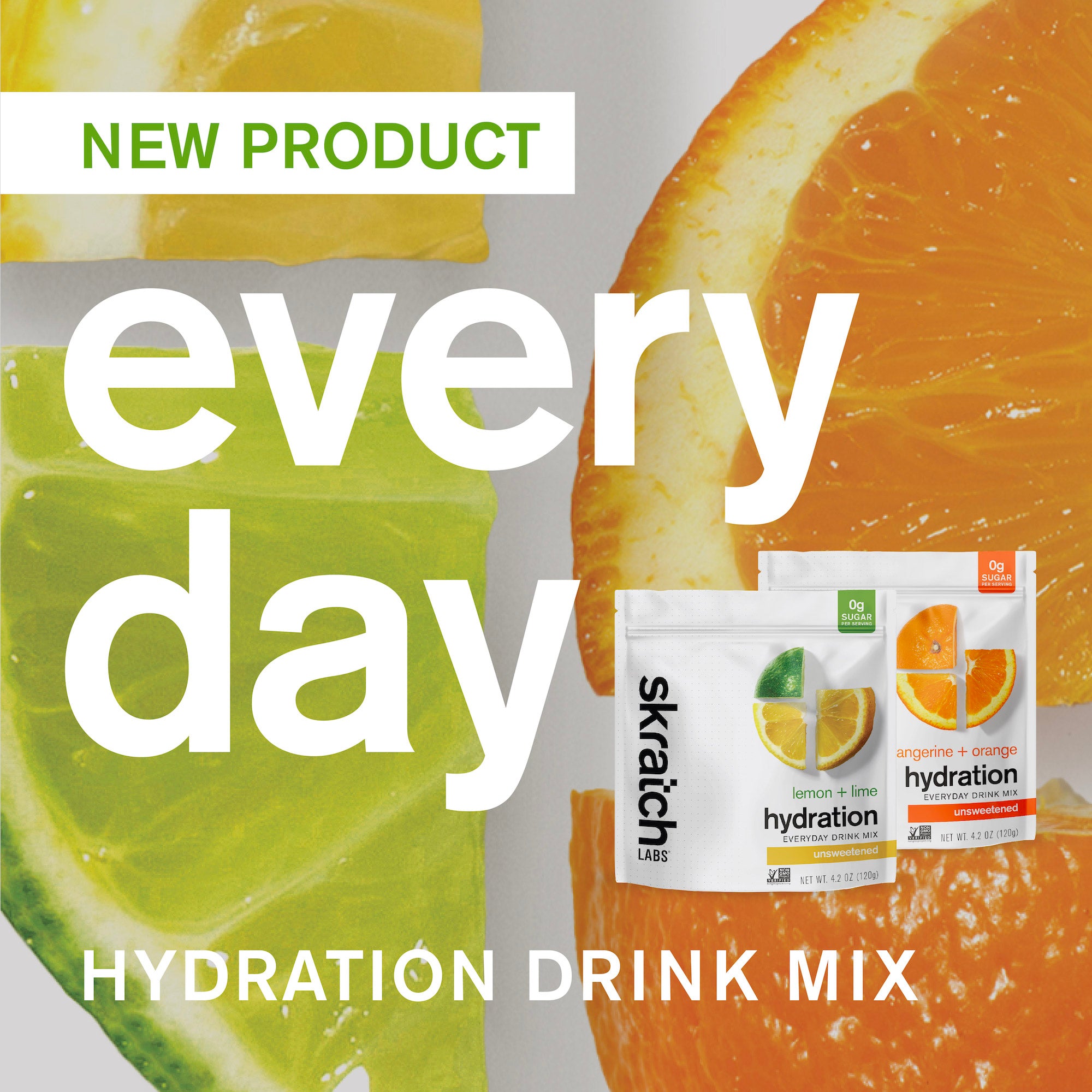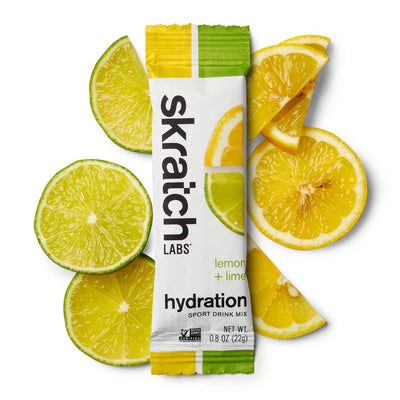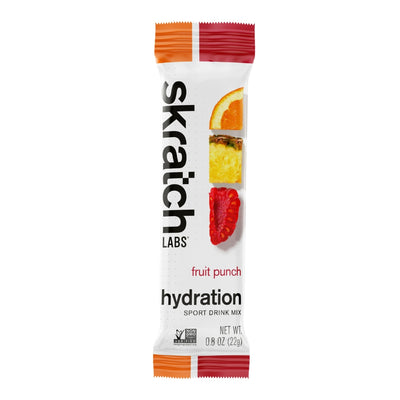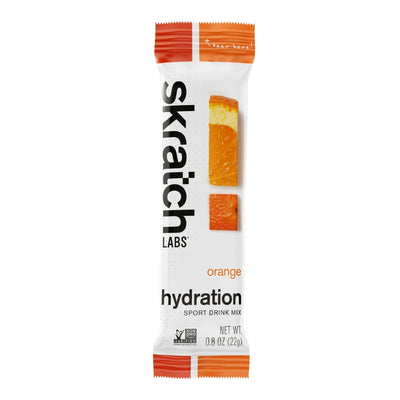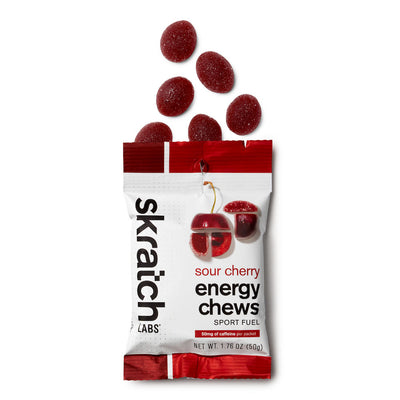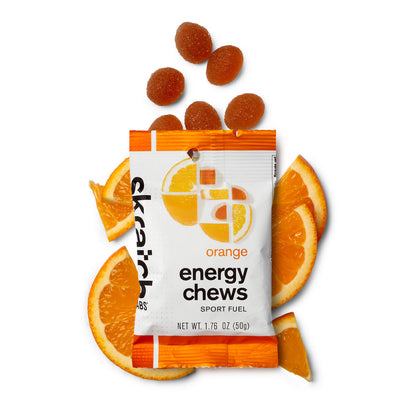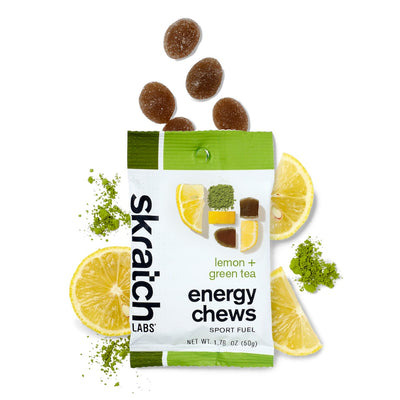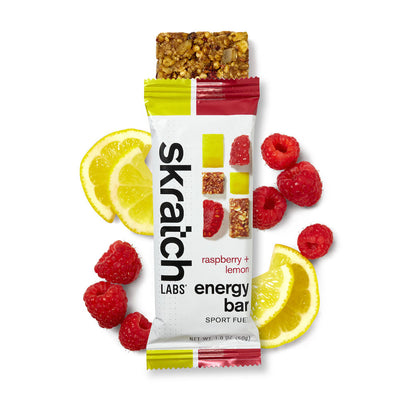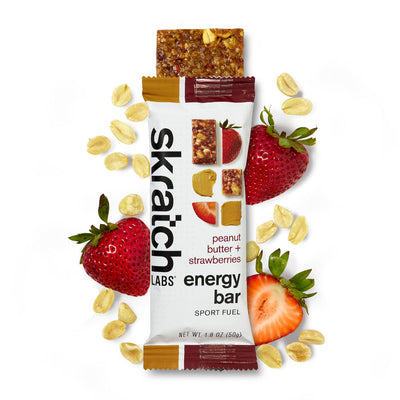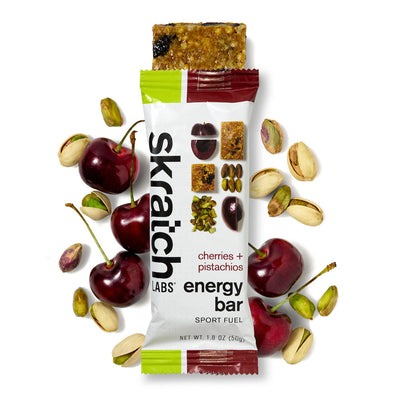Fueling, Fatigue, and Backcountry Decision Making
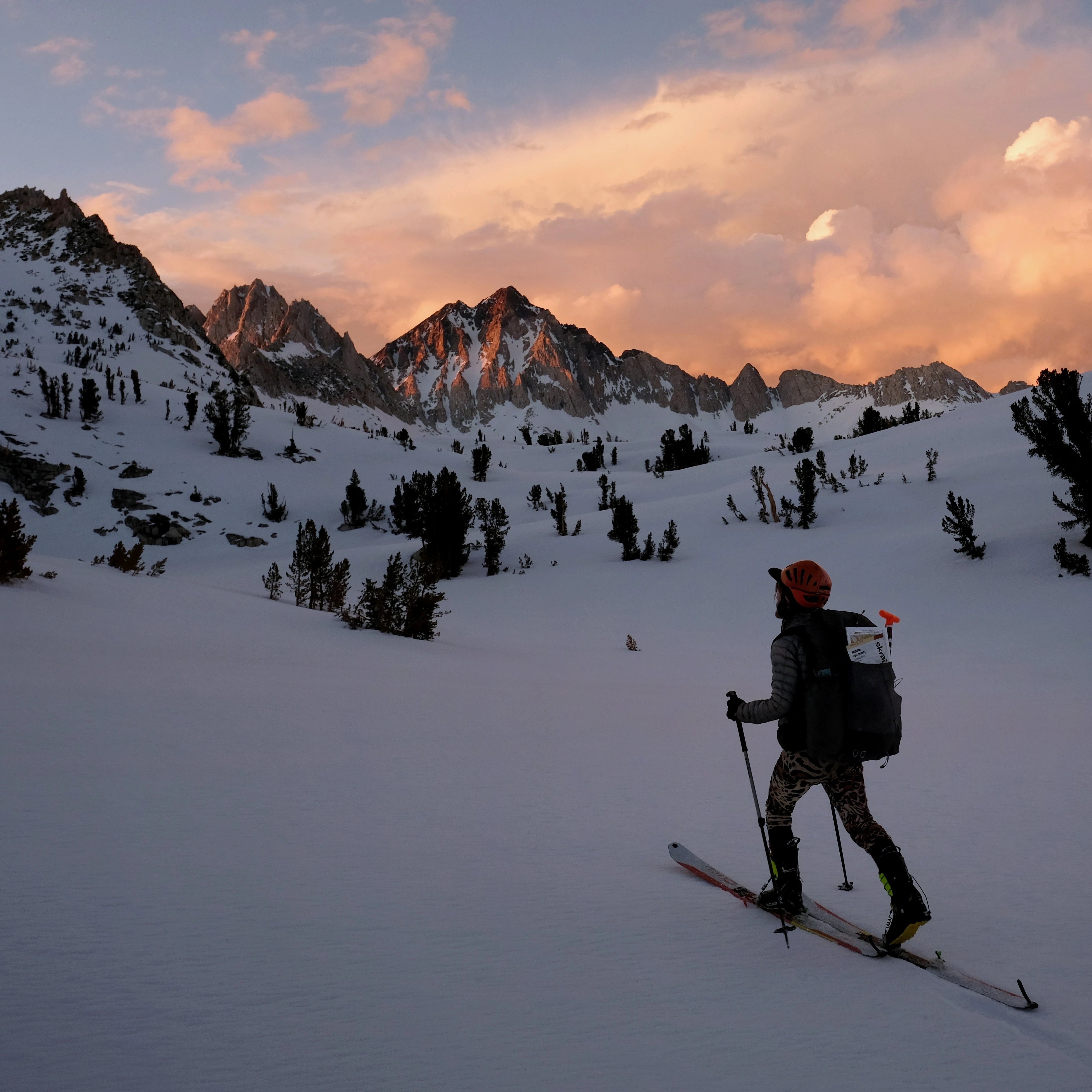
Fueling for backcountry activities requires training in itself – practice and experiment to nail down a strategy that works for you. Dr. Russ Costa, the Utah Avalanche Center, and Dr. Allen Lim share some of their tips and knowledge to help you understand fueling and decision making.
To watch the full session head to our recorded IGTV
1. Eat & Drink Early & Consistently
Create a schedule for eating and drinking so that you don’t get behind. While every situation is different depending on the environment, as a general rule be prepared to have access to at least 1 to 1.5 liters and 250-350 Calories (between food and drinks) from mostly carbohydrate per hour. Start eating and drinking just before or at the start of your event and repeat at least every 10-20 minutes throughout your event.
But always remember to eat to hunger and drink to thirst. Having the flexibility to change one’s plan in real time based on how you feel optimizes safety and performance. So have a plan and listen to yourself.
General rule: Replace at least half the calories you burn each hour and drink to thirst with a drink that has a similar sodium concentration as sweat (700-1000 mg of sodium per liter).
Tip: Weigh yourself before and after exercise. Because the weight you lose is mostly water, a 1-pound loss is equal to about 16 ounces (473 ml) of fluid. Try not to lose more than 3 percent of your body weight in an event. If you do, add more salt to your drink or food to drive thirst the next time you go out.

2. Don’t Just Drink Water
When we sweat - we lose water and electrolytes - 90% of which is salt or sodium chloride. Between sodium and chloride, it’s sodium that is most important for us to replace.
Sodium sweat concentration is individual and can range from 500 to 1500 mg of sodium per liter of sweat. Of note, sweat is significantly less salty than blood, which has a concentration of about 3500 mg of sodium per liter. So, as we sweat the concentration of sodium in the blood rises.
It’s this increase in blood sodium concentration that triggers thirst. To quench that thirst and restore sodium balance, less water is needed than was lost, since there’s not as much salt in the blood. Thus, drinking plain water to thirst can cause dehydration over a long period of time.
The issue, however, isn’t with thirst – which is an important safety mechanism that keeps us from diluting our blood’s sodium balance. The issue is with plain water. To optimize both water balance and sodium balance, all you need to do is drink something that has a similar sodium concentration as your sweat. But, if all you have is water, just make sure not to force yourself to drink beyond thirst.
General Rule: Drinking to thirst with a drink that has a similar sodium concentration as sweat will keep you in both sodium and water balance. But watch out for how cold weather can impact your thirst mechanism:
1️⃣Blood vessels can clamp down to help keep warm blood at the core, we might shiver to increase our metabolic rate, and for some, after consistent exposure to the cold an increase in the core temp during exercise or an input of heat into the core can cause blood flow to increase to the extremities despite the cold. These responses, however, do little to actually keep us from losing body heat.
2️⃣When we exercise in the cold, we might create extra heat, but the sweat, movement, and an increased ventilation rate can create some problems. One of those problems is the loss of more heat and the risk of getting too cold once we stop exercising because of excess moisture from sweat.
3️⃣That extra heat from exercise and the ease at which we can lose that heat in the cold puts strain on fuel stores. When exercising in the cold, we preferentially rely on carbohydrate (stored glycogen). A lot of that is due to an increase in our fight or flight response – activation sympathetic nervous system that works in the background to keep us charging under stress. Cold as a basic stress causes our sympathetic nervous system to light up which can cause us to waste precious energy, especially carbohydrate, making it a lot easier to bonk. Once we run out of carbohydrate, we risk becoming hypoglycemic. While becoming hypoglycemic is bad enough, becoming hypoglycemic and hypothermic can be even worse.
4️⃣This increase in sympathetic can also result in something known as cold diuresis. Essentially, when we’re cold or exposed to the cold we pee a lot.
5️⃣Cold air is extremely dry air, which can damage our delicate lungs which function best when the air we breathe is brought up to 100% humidity and to body temperature. As the temps drop, we lose more water and heat through our lungs to humidify and heat the air we breathe.
Click here to learn more on hydration in the cold of winter.
Note: Our Wellness and High-Sodium Drink Mixes have been discontinued, but to learn how to recreate them with our Sport Hydration and Everyday Drink Mix click here.
Tip: The Sport Hydration Drink Mix by Skratch Labs contains a sodium concentration that is similar to sweat (800 mg of sodium per liter). But, since sodium sweat concentration can vary between individuals, if you are drinking to thirst with Skratch but come home more than 3% underweight, try incrementally adding more sodium to your drink mix by using their Wellness Hydration Drink Mix (1500 mg of sodium per liter) or High-Sodium Hydration Drink Mix (3500 mg of sodium per liter). Likewise, if you’ve gained weight during a training event, you may not need as much salt. In this case, just take a bottle of water with you or dilute your drink mix.

3. Eat Real Food
While pre-packaged foods like bars, gels, and chews are convenient and tout performance, it’s important to realize that real food can work just as well if not better than engineered nutrition and is likely going to be easier to digest.
General Rule: Sports nutrition comes from your kitchen, not just from a package. Take the time to prepare and bring delicious, high carb snacks that you will look forward to eating.
Tip: A regular sandwich, a boiled potato with salt & parmesan, a banana, or one of Dr. Lim’s Rice Cakes can all give you the calories you need without upsetting your stomach the way a lot of sugary gels or sports bars can. Find more recipes in “The Feed Zone Cookbook” or “The Feed Zone Portables,” by Dr. Allen Lim and Chef Biju Thomas or on the Skratch Labs Blog.

4. Come in Well-Fed and Well-Rested
While proper training is obviously important, making sure you are well-rested coming into an event is sometimes even more critical. You can’t cram training, so as you approach the big day, make sure you are getting plenty of sleep and aren’t killing yourself in training the week leading into your event.
General Rule: Eat and sleep more coming into an event.
Tip: Just sleeping an extra hour each night the week before your event can significantly improve your performance. Finally, adding extra carbohydrate to your diet, and making sure you get plenty of calories the week before your event, will assure that your legs are fueled and ready to go.
And don't forget to take these additional factors into consideration for safety and decision making in the backcountry:



